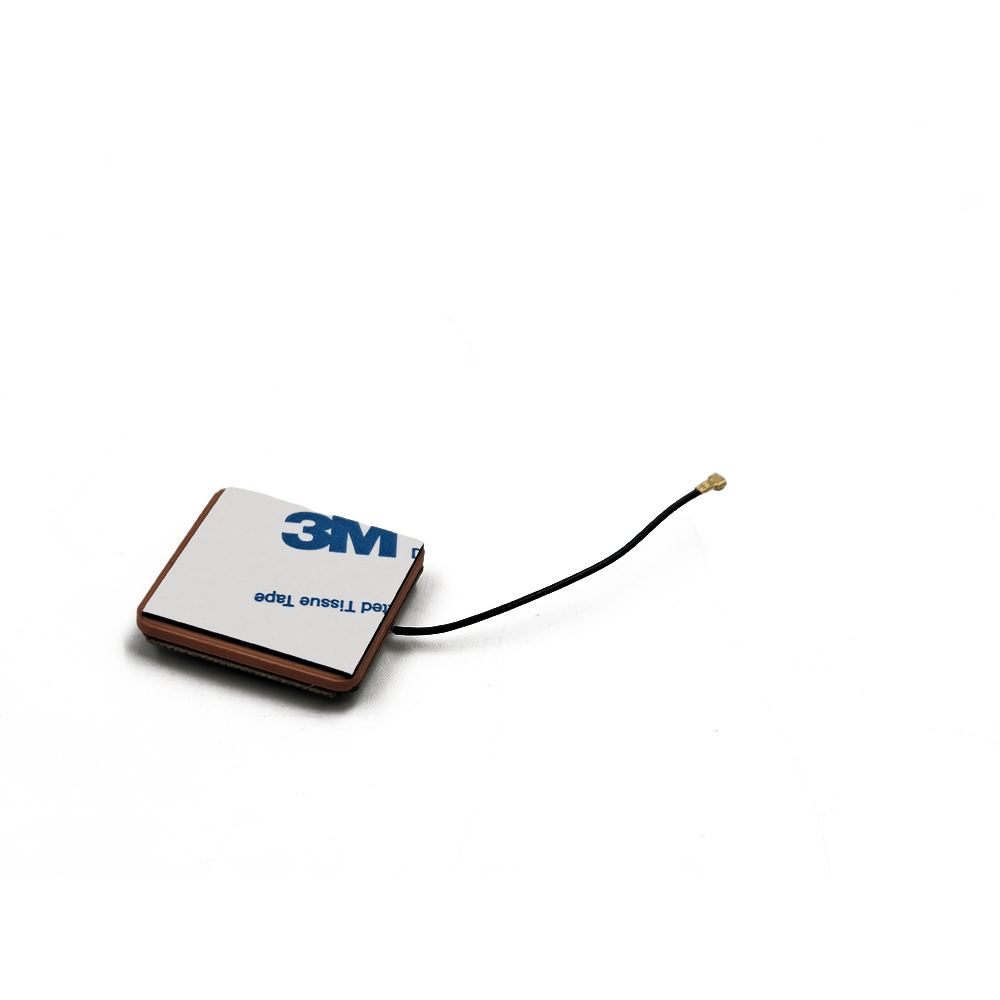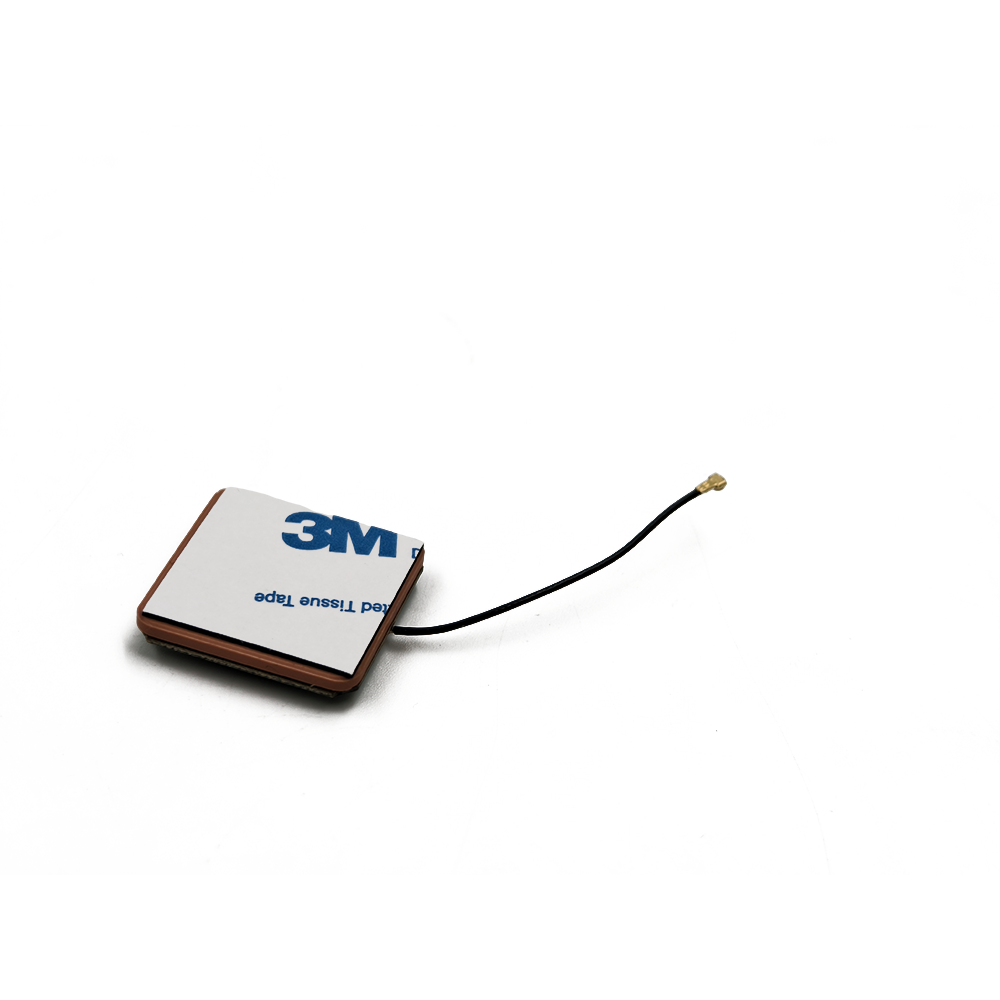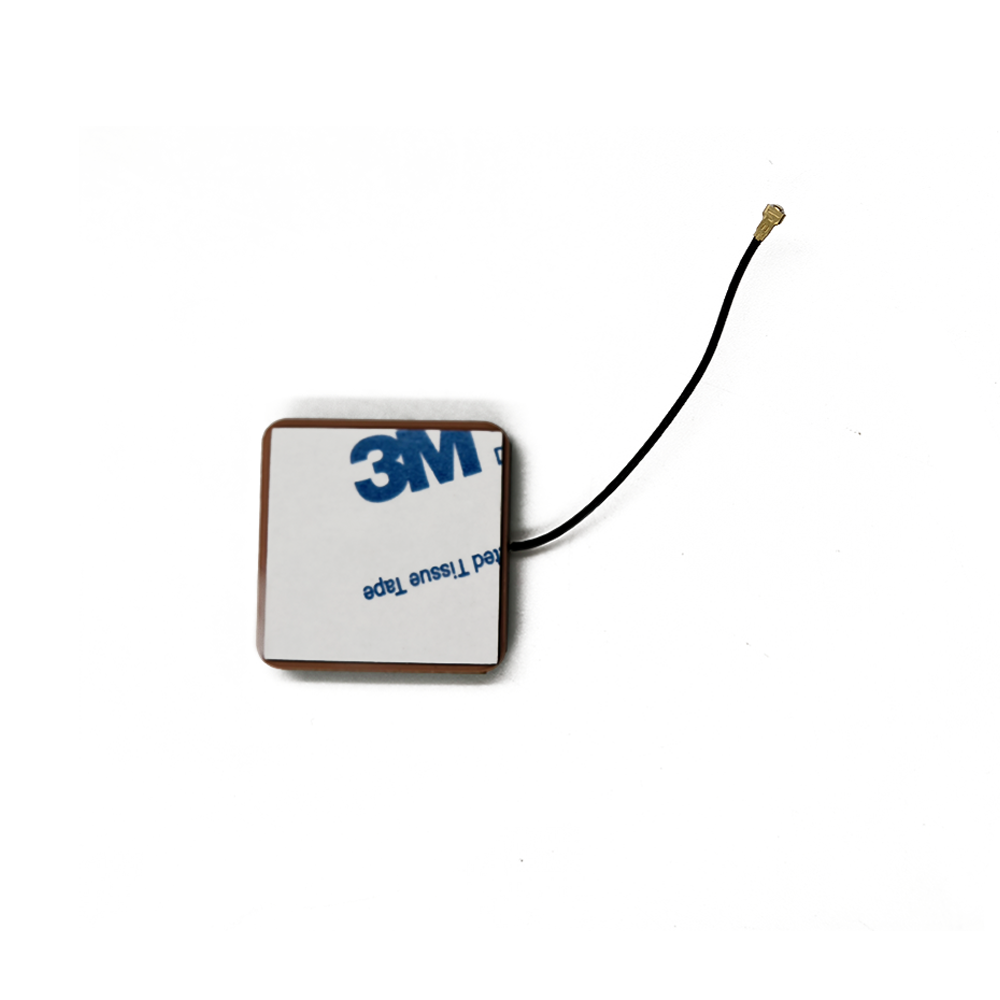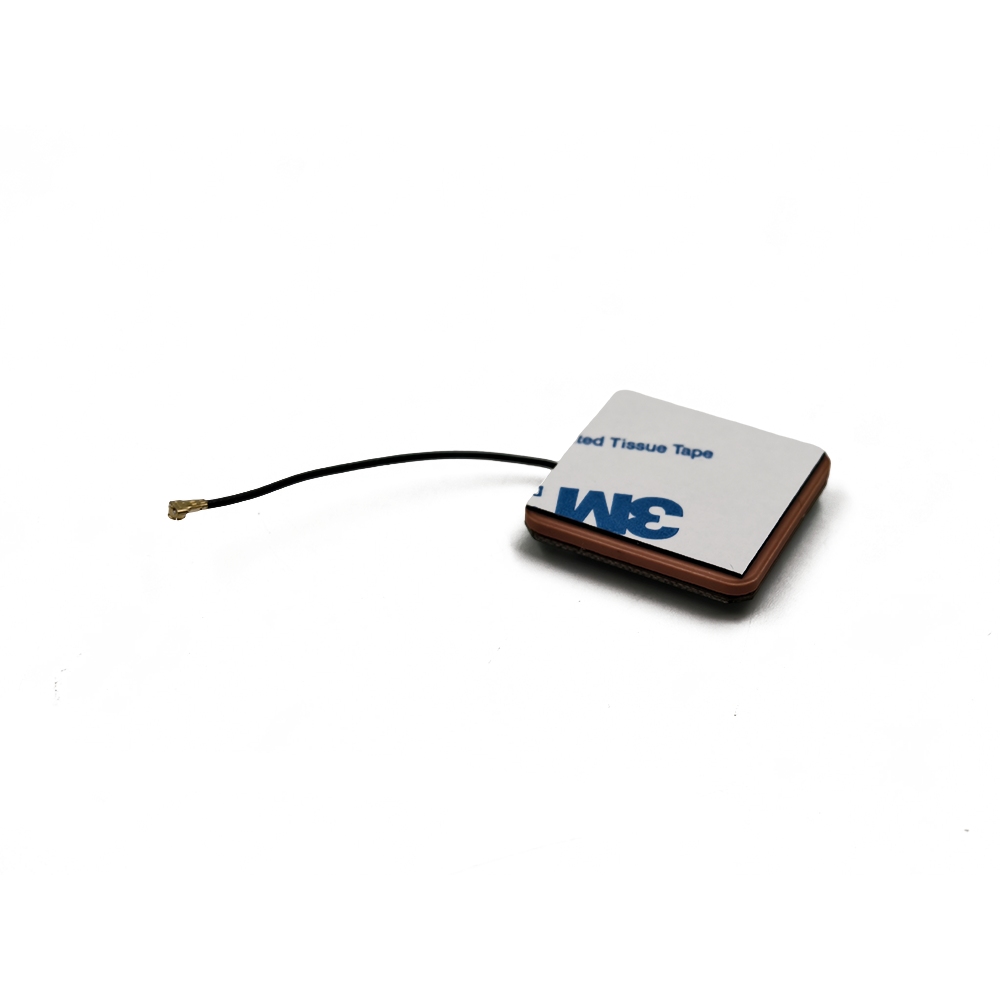The unique blend of precision, miniaturization, and robustness makes the RTK ceramic patch antenna the sensor of choice for a vast and growing range of applications that depend on centimeter-accurate positioning.
Applications:
Precision Agriculture: Embedded into autonomous tractors, harvesters, and sprayers for guidance with centimeter accuracy, enabling practices like controlled traffic farming, variable rate application, and yield mapping. Their small size allows for low-profile mounting.
Unmanned Aerial Systems (UAS/Drones): Essential for drone-based photogrammetry, LiDAR mapping, and surveying. The antenna provides the precise geotag for each captured image, enabling the creation of highly accurate 2D and 3D models without the need for numerous ground control points. Their light weight and small form factor are critical for flight time and payload.
Autonomous Ground Vehicles: From last-mile delivery robots and warehouse logistics robots to large-scale autonomous mining trucks and agricultural rovers. These systems use RTK as a primary source of absolute localization, correlating their precise position with pre-mapped environments.
Machine Control and Construction: Mounted on bulldozers, graders, and excavators for grade control systems. The antenna allows the machine to follow a 3D digital design plan automatically, increasing efficiency and reducing material waste and rework.
Geomatics and Surveying: Used on handheld data collectors, backpack systems, and portable base stations for high-accuracy GIS data collection, cadastral surveying, and engineering layout. Their ruggedness is key for field use.
Emerging Technologies: Found in systems for precision landing of UAVs, augmented reality (AR) for overlaying digital information onto the physical world with precise alignment, and scientific monitoring (e.g., crustal deformation studies).
Future Trends:
Multi-Band, Multi-Constellation as Standard: The future is full-band: L1, L2, L5 for all major constellations (GPS, Galileo, GLONASS, BeiDou). Antennas will evolve from single-layer patches to complex, stacked, or fragmented designs to cover this enormous bandwidth without sacrificing performance, enabling faster and more reliable RTK fixes everywhere.
Tighter Integration with IMU and Receivers: The trend is toward "all-in-one" positioning modules. The antenna, RTK receiver, and an Inertial Measurement Unit (IMU) will be packaged together into a single, tightly coupled unit. This allows the IMU to provide high-rate position and attitude data during short GNSS outages (e.g., under trees or bridges), with the antenna providing the absolute calibration point.
Enhanced Multipath Mitigation: Advanced techniques like controlled reception pattern antennas (CRPAs) or adaptive null-steering, once exclusive to military systems, will trickle down to high-end commercial RTK antennas. Using multiple patch elements, these antennas can actively null out interfering or multipath signals.
AI-Optimized Design and Operation: Machine learning and AI will be used in two ways: first, to optimize the electromagnetic design of the patches themselves in simulation software, and second, embedded within the system to intelligently identify and filter out multipath or interference in real-time based on the signal environment.
Material Science Advancements: Research into new ceramic composites and meta-materials will continue, aiming to achieve even higher dielectric constants with near-zero loss tangents and perfect temperature stability, pushing the boundaries of miniaturization and performance further.
Mass Market Adoption: As costs gradually decrease, this high-precision technology will move into consumer and automotive applications, such as advanced driver-assistance systems (ADAS), vehicle-to-everything (V2X) communication, and personal navigation for the visually impaired.
Conclusion
The RTK Ceramic Patch Antenna with a High Dielectric Constant is a masterpiece of engineering that sits at the vital intersection of materials science, electromagnetic theory, and practical application needs. It is far more than a simple passive component; it is a precision sensor whose performance fundamentally dictates the capabilities of the entire high-precision positioning system it serves.
Its development has been driven by the conflicting demands of the market: the need for ever-greater accuracy, which requires electrical stability and size, and the need for miniaturization and ruggedness for integration into mobile and autonomous platforms. The choice of a high dielectric constant ceramic is the key enabler that resolves this conflict, allowing for a radical reduction in size while maintaining the critical characteristics of phase center stability and multipath rejection that are the bedrock of RTK.
While this choice introduces significant challenges—primarily limited bandwidth, design complexity, and cost—these are not insurmountable barriers. They are instead design parameters that are actively managed and overcome through continuous innovation in materials, feed techniques, and manufacturing processes. The resulting component is indispensable across a vast spectrum of industries, from agriculture to robotics, that are being transformed by autonomy and data-driven operation.
Looking forward, the evolution of this antenna is tightly coupled with the future of autonomy itself. As systems demand faster, more reliable, and more ubiquitous centimeter-level accuracy, the antenna will continue to evolve, becoming more integrated, more intelligent, and more capable. It will transition from a specialized component to a core enabling technology for the intelligent, connected, and automated world, silently and precisely anchoring our digital creations to the physical Earth.




































































 Language
Language
 En
En Cn
Cn Korean
Korean

 Home >
Home > 








 18665803017 (Macro)
18665803017 (Macro)













